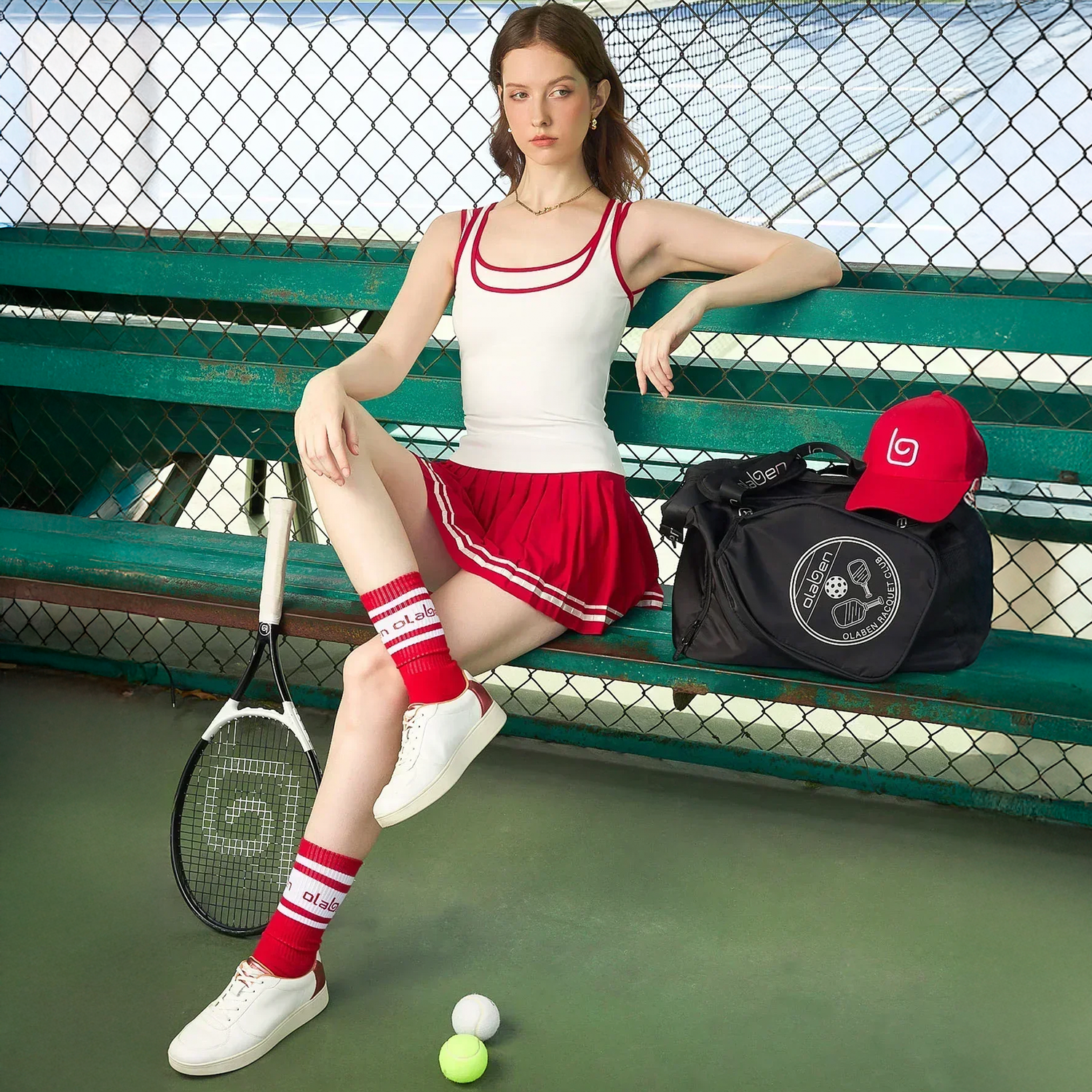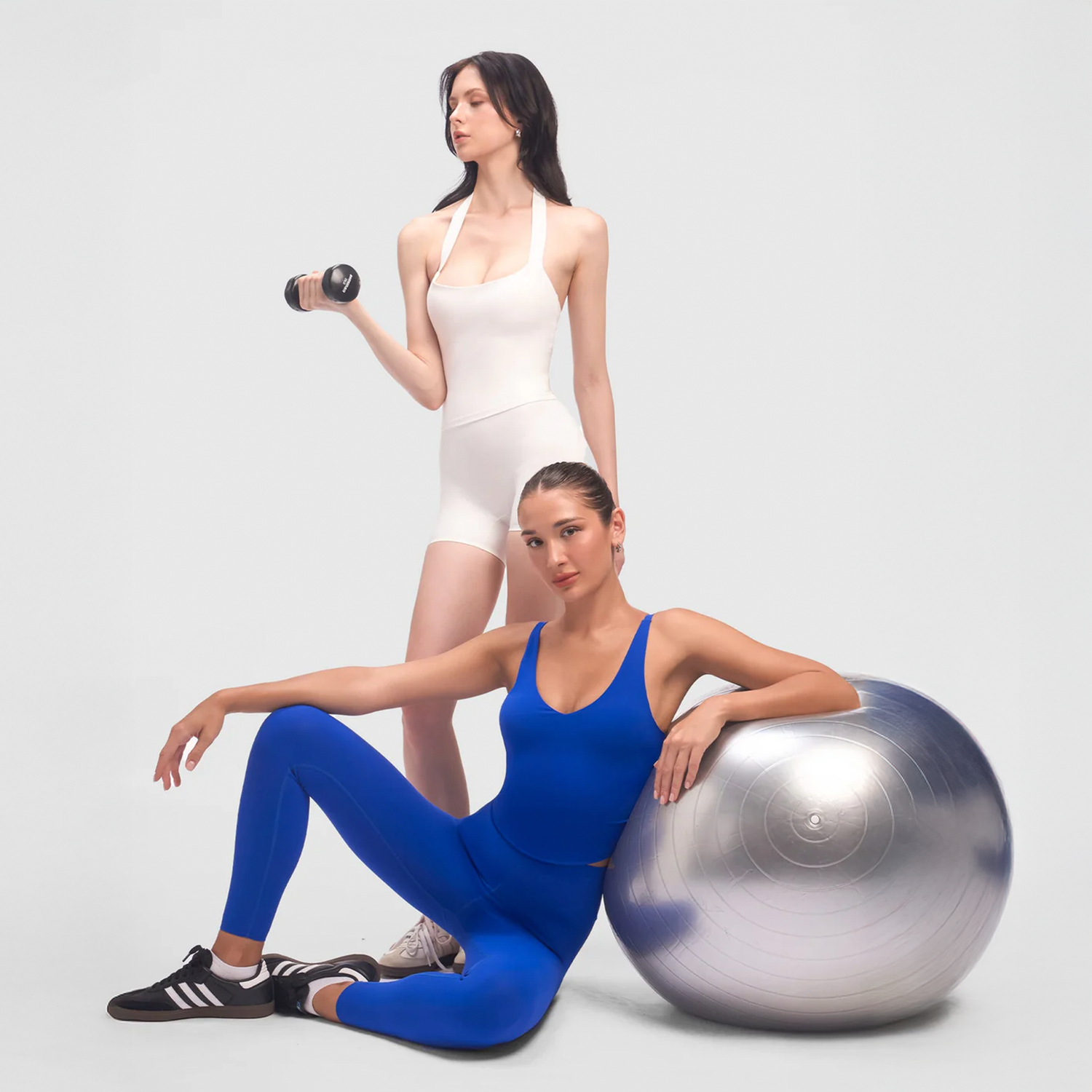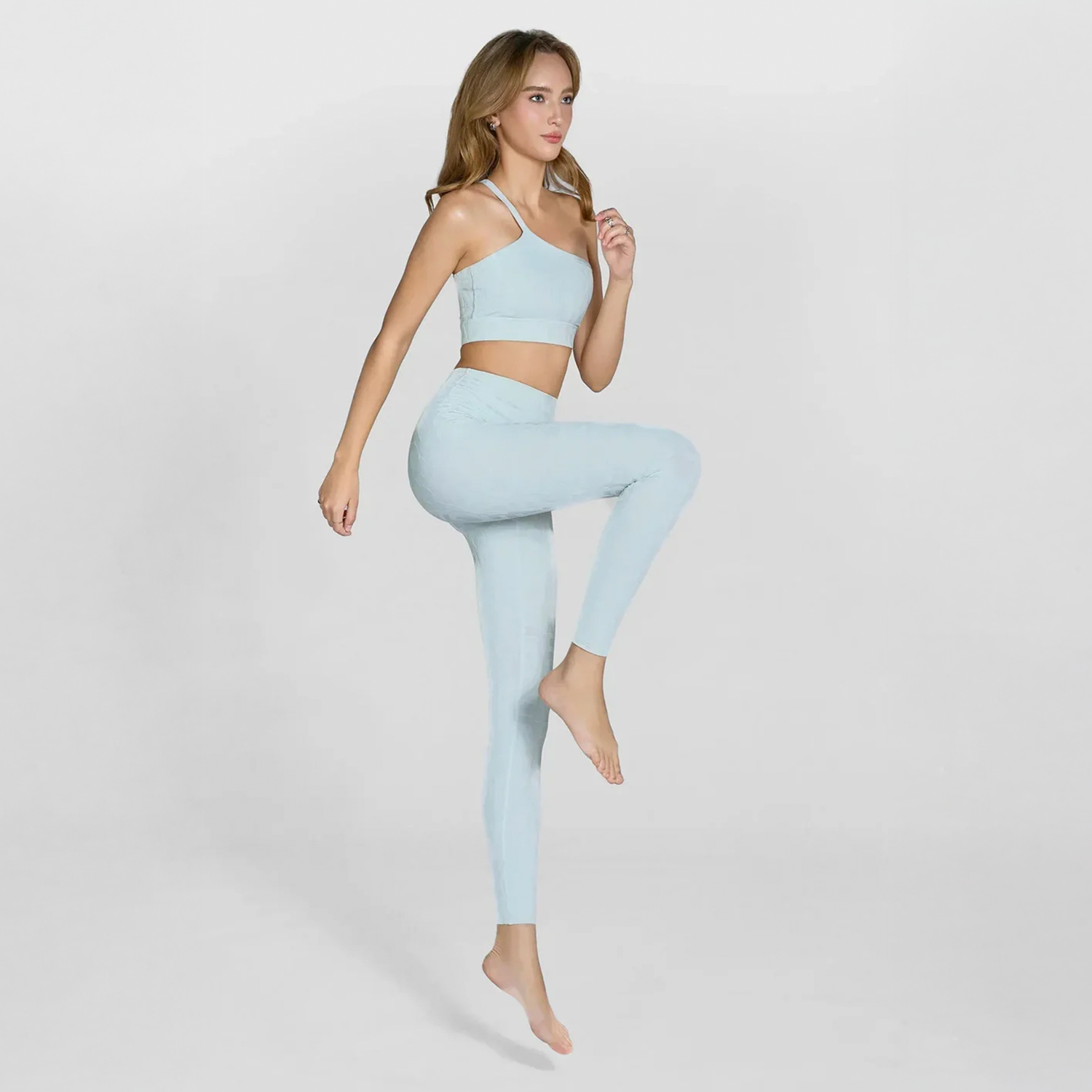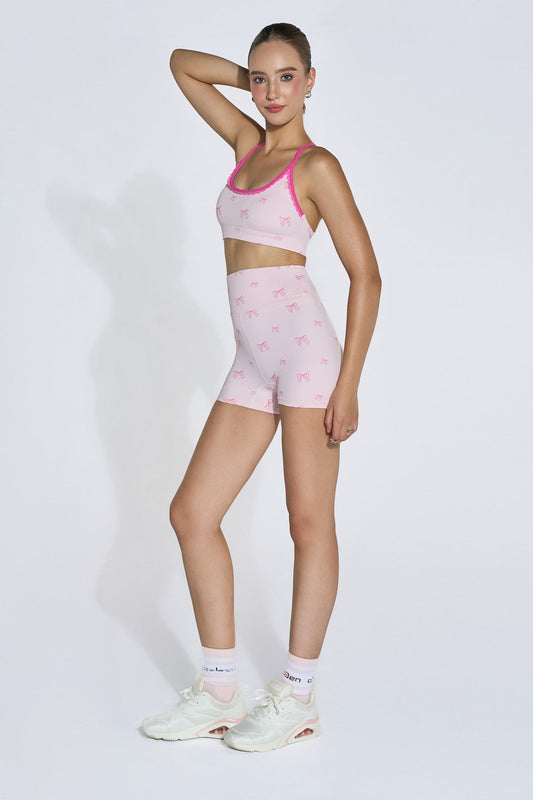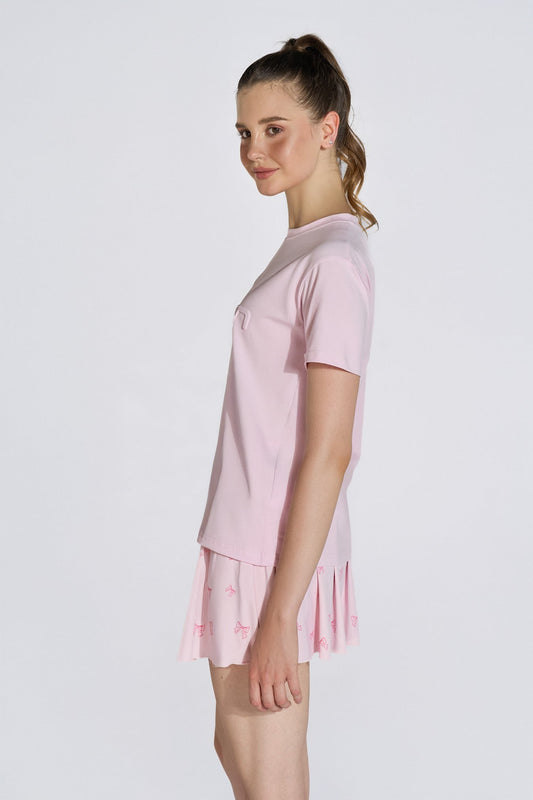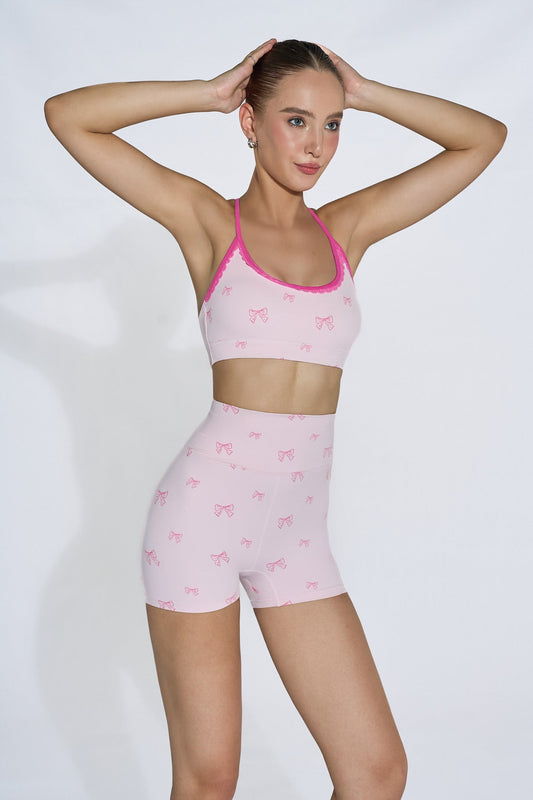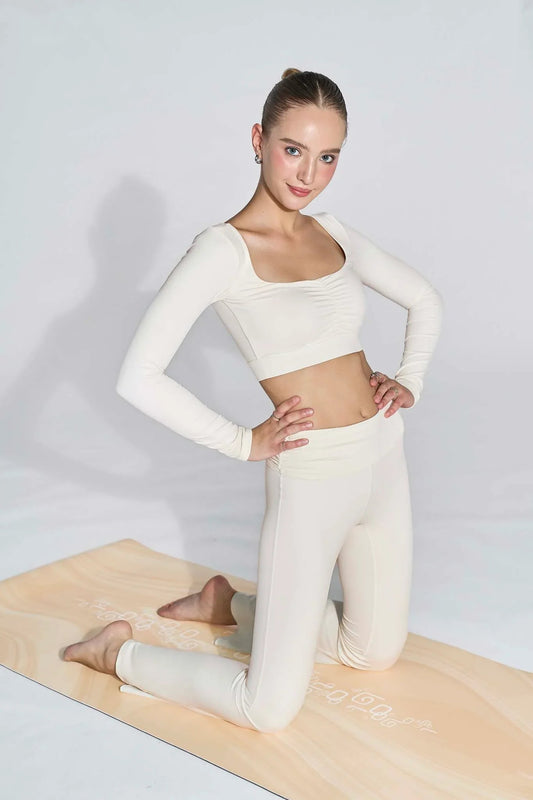Whether you’re a professional dancer, a ballet student, or someone who loves to move, you’ve probably asked yourself: “Is yoga good for dancers?” The short answer is yes — absolutely! Yoga is one of the best cross-training practices for dancers, helping improve flexibility, strength, balance, and even mental focus. Let’s dive in with Olaben and explore how yoga can take your dance performance to the next level.
How Dancers Can Benefit from Yoga
Builds Strength Without Bulk
Dance requires strong yet lean muscles. Yoga is perfect for building functional strength that supports your technique without adding unnecessary bulk. Postures like Plank Pose, Warrior I & II, and Boat Pose work the core, legs, and upper body, creating the stability you need for lifts, turns, and jumps.
Improves Flexibility and Range of Motion
Flexibility is a dancer’s secret weapon — but over-stretching without control can lead to injuries. Yoga combines deep stretches with mindful breathing, allowing your muscles to lengthen safely. Poses like Downward Facing Dog, Half Splits, and Fixed Angle Pose open the hips, hamstrings, and spine while teaching you to maintain proper alignment.
Enhances Balance and Coordination
From pirouettes to arabesques, balance is key in dance. Yoga trains your proprioception (your sense of where your body is in space) through one-legged poses like Tree Pose and Dancer’s Pose. Over time, this improves your ability to hold positions gracefully and transition smoothly between movements.
Supports Better Posture and Alignment
A dancer’s posture is everything. Yoga teaches you to stack your joints, engage your core, and keep your spine long. This translates into better body awareness in the studio, reducing the risk of injury and making your lines look cleaner and more elegant on stage.
Boosts Mental Focus and Reduces Stress
Dance can be intense — long rehearsals, high expectations, and performance nerves can take a toll. Yoga’s breathwork and mindfulness techniques calm the nervous system, reduce stress hormones, and improve mental clarity. A few minutes of meditation or Shavasana before class can help you walk into the studio feeling grounded and focused.

10 Effective Yoga Poses for Dancers (Step-by-Step Guide)
Here’s a detailed guide to help dancers practice yoga safely and effectively:
1. Downward Facing Dog (Adho Mukha Svanasana)
How to Practice:
- Start on hands and knees, wrists under shoulders, knees under hips.
- Spread fingers wide, press palms firmly into the mat.
- Tuck toes under and lift hips toward the ceiling, straightening legs as much as possible.
- Keep head between upper arms, spine long, heels reaching toward the floor.
- Hold for 5–8 breaths, focusing on lengthening your spine.
Dancer Benefit: Elongates hamstrings and calves, strengthens shoulders, and relieves tension after dancing.

2. Low Lunge (Anjaneyasana)
How to Practice:
- From Downward Dog, step right foot forward between your hands.
- Lower left knee to the mat, untuck toes.
- Lift torso and place hands on right thigh or reach arms overhead.
- Keep front knee over ankle, hips square, chest open.
- Hold 5 breaths, then switch sides.
Dancer Benefit: Opens hip flexors — essential for deeper extensions and leaps.

3. Wide-Legged Forward Fold (Prasarita Padottanasana)
How to Practice:
- Stand with feet about 3–4 feet apart, toes facing forward.
- Place hands on hips, inhale to lengthen spine.
- Exhale and hinge at hips, folding forward with a flat back.
- Place hands on floor or grab ankles; keep spine long.
- Hold for 5–10 breaths.
Dancer Benefit: Stretches hamstrings and inner thighs safely, helps improve turnout and splits.

4. Tree Pose (Vrksasana)
How to Practice:
- Stand tall, shift weight to left foot.
- Place right foot on left inner thigh or calf (avoid knee joint).
- Bring palms together at heart center or reach arms overhead.
- Focus eyes on a steady point to maintain balance.
- Hold for 5–8 breaths, then switch sides.
Dancer Benefit: Builds balance and ankle stability, crucial for pirouettes and relevés.

5. Dancer’s Pose (Natarajasana)
How to Practice:
- Stand tall, shift weight to left foot.
- Bend right knee, grab inside of right ankle with right hand.
- Press foot into hand as you lift chest and extend left arm forward.
- Keep hips square, spine long.
- Hold for 5 breaths, then switch sides.
Dancer Benefit: Opens chest and shoulders, improves back flexibility and balance — the ultimate dancer stretch.

6. Boat Pose (Navasana)
How to Practice:
- Sit on mat, knees bent, feet flat.
- Lean back slightly and lift feet until shins are parallel to floor.
- Extend arms forward at shoulder height.
- For more challenge, straighten legs into a “V” shape.
- Hold for 5–10 breaths.
Dancer Benefit: Strengthens core muscles — key for jumps, turns, and overall control.

7. Seated Forward Fold (Paschimottanasana)
How to Practice:
- Sit with legs extended straight in front.
- Inhale to lengthen spine, exhale to fold forward from hips.
- Reach for feet, shins, or use a strap around soles if needed.
- Relax head and neck, breathe deeply for 8–10 breaths.
Dancer Benefit: Deep hamstring stretch and calming posture to aid recovery after training.

8. Pigeon Pose (Eka Pada Rajakapotasana)
How to Practice:
- From Downward Dog, bring right knee forward and place it behind hands.
- Extend left leg straight back, hips square to floor.
- Fold forward over front leg or stay upright for a gentler stretch.
- Hold for 5–10 breaths, then switch sides.
Dancer Benefit: Releases tension in hips and glutes, prevents overuse injuries from repetitive dance moves.

9. Bridge Pose (Setu Bandhasana)
How to Practice:
- Lie on back, knees bent, feet hip-width apart close to glutes.
- Press feet into mat and lift hips toward ceiling.
- Clasp hands under back or keep arms alongside body.
- Hold for 5–8 breaths, slowly lower down.
Dancer Benefit: Strengthens glutes, hamstrings, and lower back — important for explosive jumps and strong posture.

10. Legs Up the Wall (Viparita Karani)
How to Practice:
- Sit sideways next to a wall, then lie back and swing legs up onto wall.
- Adjust hips close to wall, arms relax at sides.
- Close eyes, breathe deeply for 5–10 minutes.
Dancer Benefit: Reduces swelling, improves circulation, and speeds recovery after long rehearsals or performances.

Final Thoughts
So, is yoga good for dancers? Absolutely. It complements dance training by improving strength, flexibility, balance, alignment, mental clarity, and recovery — all while helping you connect with your body on a deeper level.
When you’re ready to start, check out Olaben’s premium yoga mats for excellent grip and comfort during practice. Pair your mat with flexible yoga apparel designed for movement, and add props like yoga blocks to safely modify poses as you build strength and flexibility. Together, these essentials will help you dance with confidence and grace — both on and off the stage.


